Table of Contents
The development history of Rubik’s Cube
| Time | Event | Overview |
|---|---|---|
| 1974 | The cube is invented | Erno Rubik finishes the final prototype of the 3×3 Rubik’s Cube made of wood. |
| 1975 | Patent obtained | Erno Rubik receives a patent for his “Magic Cube” in Hungary. |
| 1977 | Test batches released in Hungary | Rubik’s Cube is released in Budapest toy shops with improved durability. |
| 1979 | Worldwide Distribution deal signed | After overcoming distribution challenges, the Rubik’s Cube is released worldwide. |
| 1980 | The World sees the cube | Rubik’s Cube makes its international debut; David Singmaster publishes the first solving method. |
| 1981 | International Success | Rubik’s Cube becomes the UK Toy of the Year; Patrick Bossert’s solving book sells 1.5 million copies. |
| 1982 | The speed picks up | First Rubik’s Cube World Championship held, won by Minh Thai in 22.95 seconds. |
| 1997 | The Fridrich Method | Jessica Fridrich publishes her speedcubing method online. |
| 2003 | The World Cube Association | WCA is founded, overseeing official speedcubing competitions globally. |
| 2005 | 25 years of the Rubik’s Cube | Cube celebrates its 25th birthday; third World Championship won by Jeans Pons in 15.10 seconds. |
| 2012 | Ruwix | Ruwix, the Cubing Wiki, is launched to popularize cubing and twisty puzzling. |
| 2014 | 40th year since the Rubik’s Cube’s invention | Rubik’s Cube celebrates 40 years; interactive Google doodle released; Beyond Rubik’s Cube Exhibition opens. |
| 2015 | The first Sub-5 | Lucas Etter sets the first sub-5 record with a 4.90-second solution time. |
| 2018 | The first Sub-5 | Yusheng Du sets a new Rubik’s Cube single World Record at 3.47 seconds. |
Unlocking the Rubik’s Cube: Surprising Benefits Unveiled!
- Brain Workout Fun:
- Solving the Rubik’s Cube is like hitting the gym for your brain! It flexes your mind muscles, making you smarter and more agile. It’s not just a puzzle; it’s your brain’s favorite workout.
- Patience Pays Off:
- Ever heard the saying “good things come to those who wait”? Well, unlocking the Rubik’s Cube is a testament to that. It’s a patience-building journey that rewards you with a sense of accomplishment.
- Stress-Busting Magic:
- Stressed out? Forget about it with the Rubik’s Cube! This colorful little wonder is like a stress ball for your mind. Just a few twists and turns, and suddenly, the world is a brighter, more manageable place.
If you want to learn more about wholesale educational toys, feel free to contact us at NexaToys. We can assist you in wholesaling toys directly from manufacturers and toy factories.
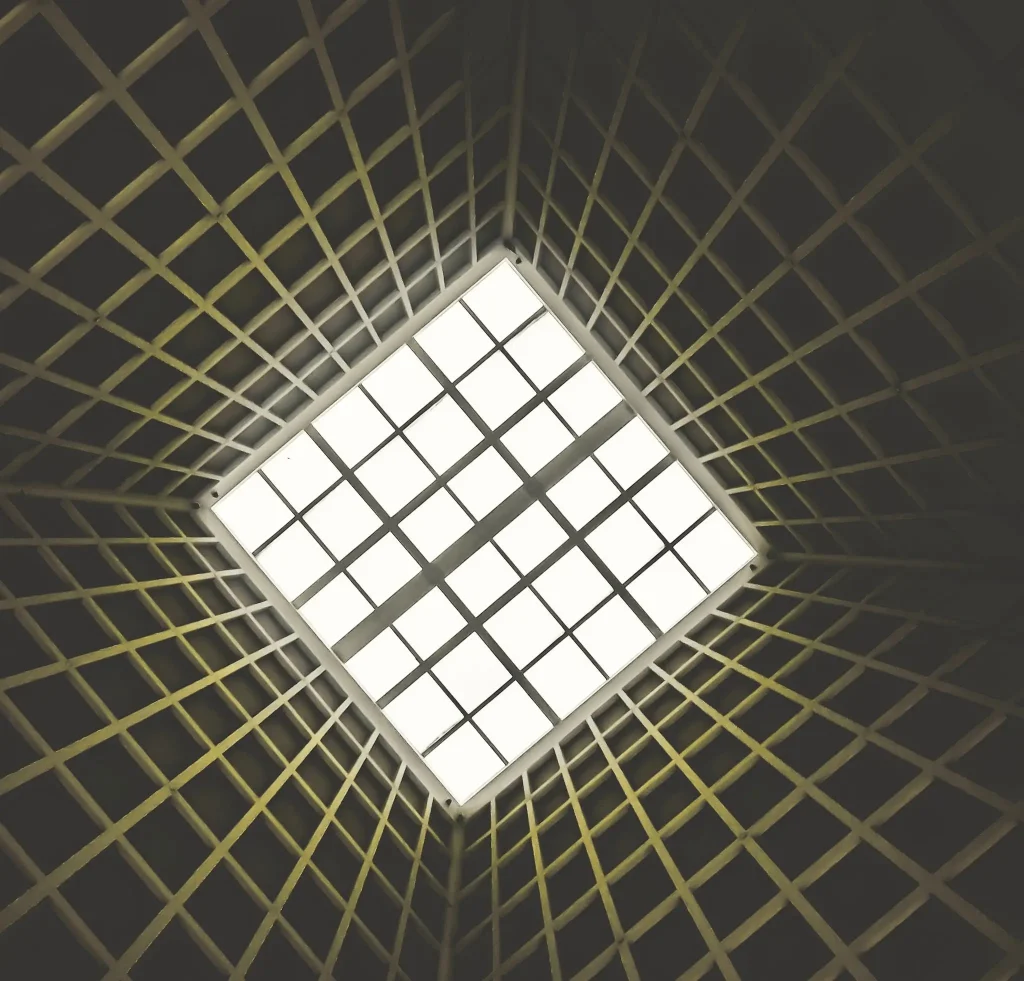
The Ageless Appeal of the Rubik’s Cube: Who Can Play?
The Rubik’s Cube is not bound by age; its allure spans generations. Here’s a breakdown of who can dive into the captivating world of cubing:
- For the Young Explorers (Ages 6-12):
- The Rubik’s Cube is an excellent companion for young minds still in the process of discovery. It encourages cognitive development, patience, and boosts problem-solving skills.
- Tween to Teen Enthusiasts (Ages 13-19):
- Adolescence is a prime time for mastering the art of cubing. The Rubik’s Cube becomes not just a puzzle but a fascinating challenge, fostering focus, logical thinking, and a dash of friendly competition.
- Adults Embracing Brain Fitness (Ages 20 and above):
- The Rubik’s Cube is not just child’s play. Adults find it to be a delightful way to keep the brain active, stave off stress, and maintain cognitive agility. It’s never too late to embark on a Rubik’s adventure!
- Silver Solvers (Ages 70 and Beyond):
- Age is no barrier! The Rubik’s Cube welcomes the young at heart. For seniors, it’s a delightful pastime that brings joy and mental stimulation, proving that the cube’s magic knows no age limits.
In essence, the Rubik’s Cube is a universal puzzle, transcending age and bridging generations with its timeless appeal. So, regardless of your age, grab a cube and join the fun!
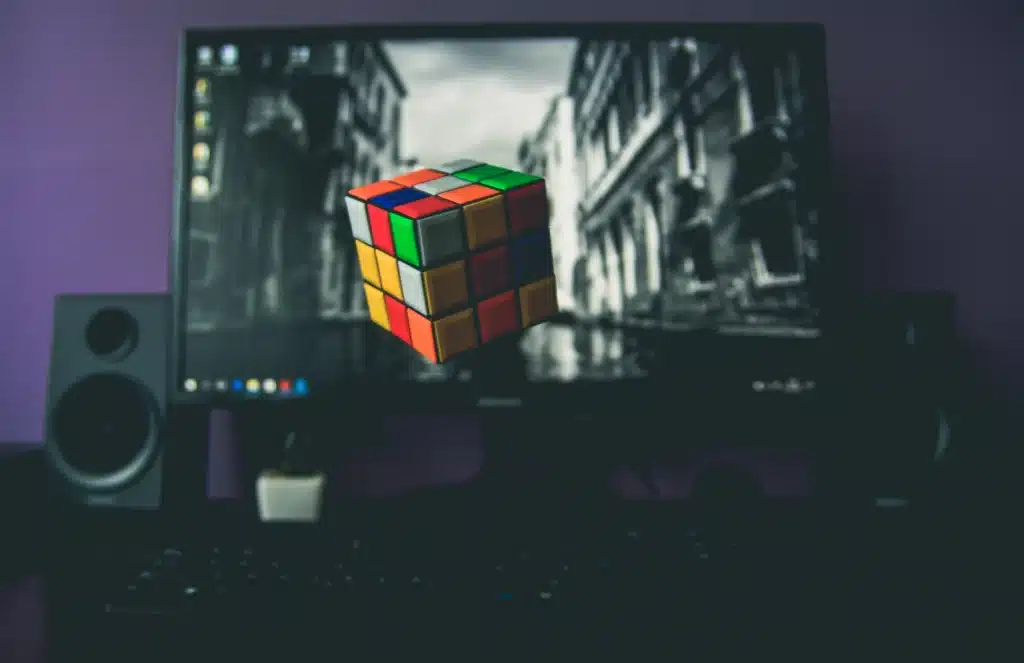
Unveiling Complexity: A Journey through Varied Dimensions of Rubik’s Cubes
Beyond the classic 3×3 Rubik’s Cube, a captivating realm of shapes and sizes awaits, each introducing heightened complexity and pushing the boundaries of cubing prowess. Let’s delve into the intricacies of these challenging types:
1. 2×2 Cube:
- Difficulty Level: Moderate
- Birthed by Larry D. Nichols in 1970, the 2×2 Rubik’s Cube may seem diminutive, but its streamlined structure conceals a surprising level of challenge.
Solving Tip: Beginners can navigate through fundamental methods, while advanced solvers embrace the complexity of the CLL method, featuring 42 algorithms.
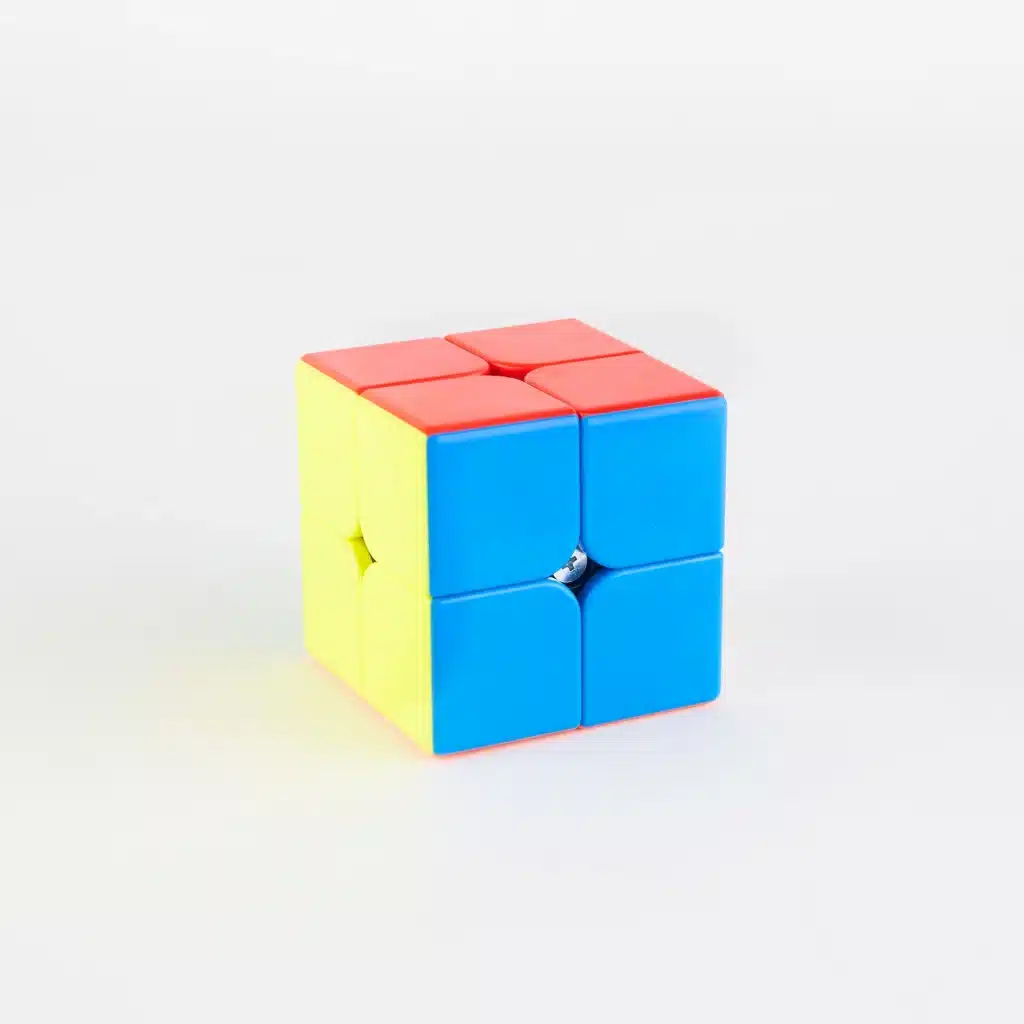
2. 3×3 Cube:
- Difficulty Level: Beginner to Advanced
- The pioneer, conceived by Erno Rubik in 1974, and commercially launched in 1980. The 3×3 cube stands as a global icon, offering an enduring challenge for cubers at every skill level.
Solving Methods: From basic layer-by-layer techniques for beginners to the sophisticated CFOP or Roux methods preferred by speedcubers, the 3×3 remains a canvas for diverse strategies.
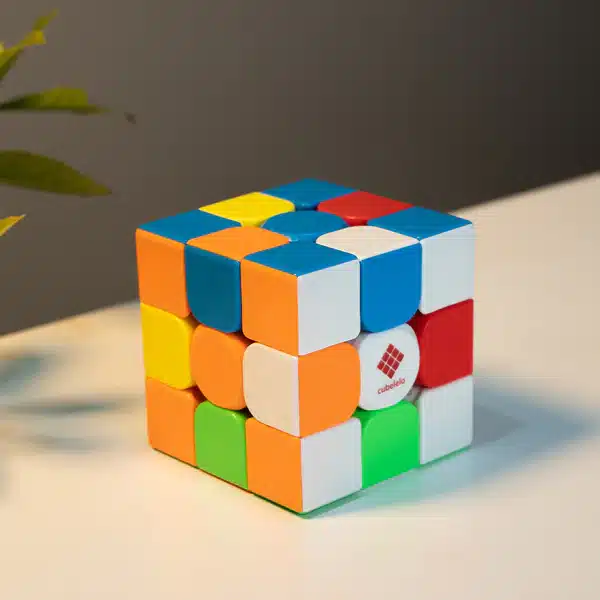
3. 4×4 Cube (Rubik’s Revenge):
- Difficulty Level: Intermediate to Advanced
- Unleashed in 1981, the 4×4 Rubik’s Cube, aptly named Rubik’s Revenge, expands the puzzle landscape with its layered intricacies.
Solving Strategies: While novice reduction methods apply, seasoned cubers gravitate toward the Yau method, a 2009 innovation by Robert Yau, elevating solving speed and strategic efficiency.
4. 5×5 Cube (Professor’s Cube):
- Difficulty Level: Advanced
- Udo Krell’s creation in 1981, the 5×5 Rubik’s Cube, also known as the Professor’s Cube, amplifies the challenge with an augmented array of pieces.
Solving Approach: The reduction method, akin to the 4×4, proves effective, and the Yau method tailored for the 4×4 seamlessly extends its efficiency to the 5×5.

5. 6×6 and 7×7 Cubes:
- Difficulty Level: Advanced to Expert
- The 6×6 and 7×7 Rubik’s Cubes ascend the ladder of complexity, featuring increased layers. V-Cube, initially dominant, paved the way for enhanced designs.
Solving Techniques: Embracing the reduction method, solvers confront heightened intricacies and potential parity situations, intensifying the challenge.
6. Megaminx:
- Difficulty Level: Expert
- A dodecahedron-shaped enigma, the Megaminx flaunts 12 faces, each with unique corner and edge pieces, adding an extra layer of complexity.
Solving Insight: Progressing layer by layer with 3×3 intuition, solvers then master Megaminx-specific algorithms for the final, formidable stage.
The Rubik’s Cube universe unfurls into a panorama of challenges, each type amplifying the difficulty factor and beckoning enthusiasts to conquer new heights of cubing expertise.
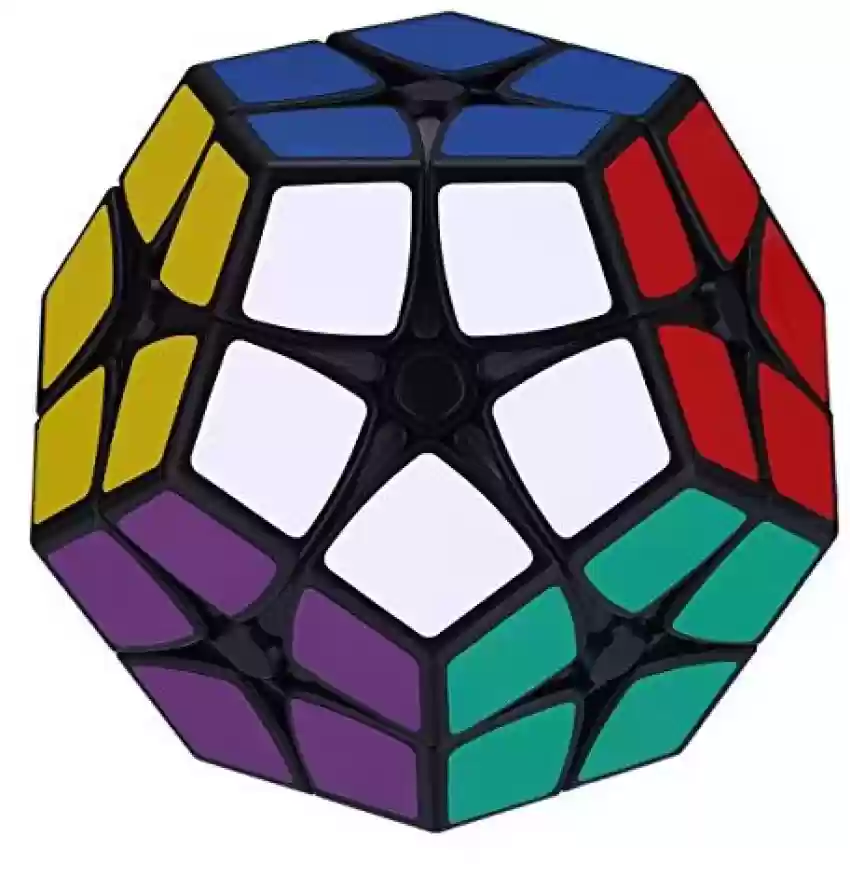
How to solve a Rubik’s Cube quickly
following these 5 easy steps:
step 1 – complete the first layer cross
step 2 – complete the first layer corners
step 3 – complete second layer
step 4 – complete the third layer cross
step 5 – complete the third layer corners
the correct spelling is rubik’s cube, but some people also refer to this popular puzzle as magic cube, rubic, rubix, rubics
Full Video tutorial below:
Quoted from:How to solve a Rubik’s cube | Step by Step Instructions | 5 Easy Steps
